Rental competition is quietly intensifying in parts of America you might not expect, as high home prices and tight vacancy rates drive demand. Prospective renters are finding even affordable or mid‑size cities turning into hot markets—fast. These are the places where landlords and listings are winning popularity contests, and renters feel pressure long before rent spikes. Here are 12 U.S. cities where the rental market is heating up—rapidly and unexpectedly.
1. Miami, Florida

Miami tops RentCafe’s Rental Competitiveness Index as the hottest rental market in the U.S., where multiple renters now compete per available listing. The city’s booming job and tourism sectors are pushing vacancy rates to historic lows, meaning rent renewals are now the norm rather than the exception. Even with new apartments coming on line, demand far exceeds supply. RentCafe found Miami’s occupancy rate at 93%, and about seven applicants vying for each new lease—an aggressive marketplace indeed.
That level of competition makes it harder for renters to find deals or negotiate terms, risking rent increases even during off‐peak seasons. Plus, as landlords realize how strong the market is, smaller unit releases are being snapped up almost immediately. It’s the kind of rental war zone you’d expect in densest cities—but it’s happening here, too.
2. Suburban Chicago, Illinois
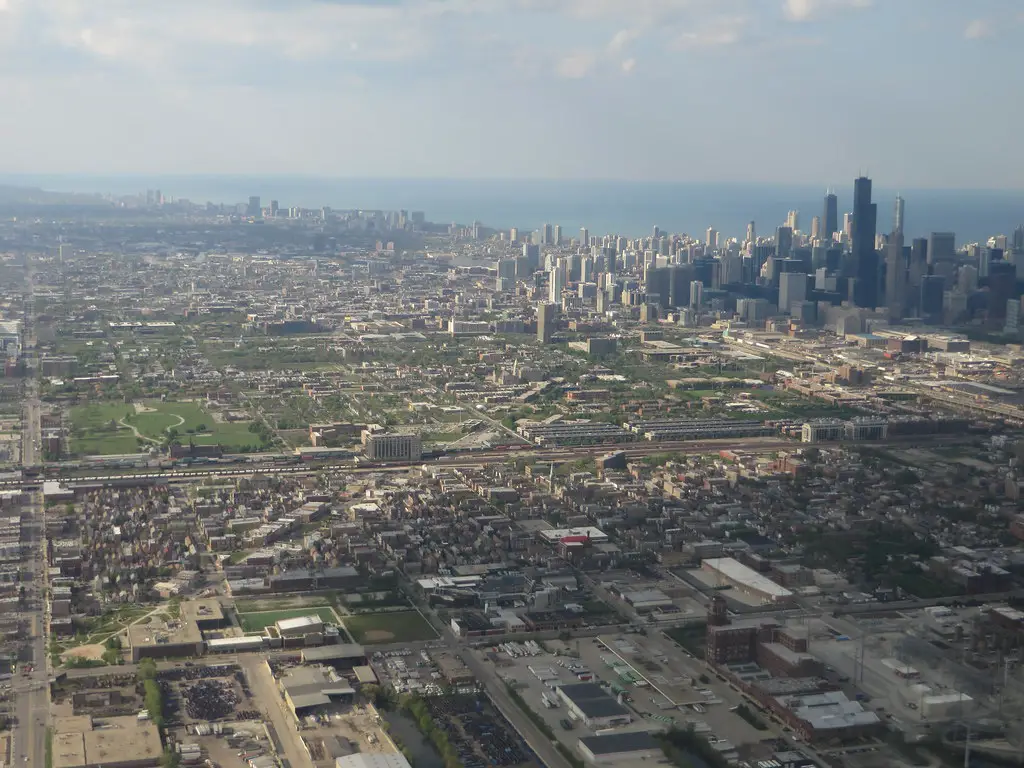
Renter interest in suburban Chicago has surged, with RentCafe ranking it second‑hottest nationwide after Miami. Despite a 3% drop in available listings, search activity like saved searches has exploded—signaling strong latent demand. Once seen as quiet commuter territory, these suburbs are now hot housing hotspots with major spillover from the city core. The result? Competition that’s rare for non‑urban ZIP codes.
That demand is also driving new build activity—but construction is struggling to keep pace. As a consequence, renters are rushing to secure newer units, and many are facing lease renewal premiums. The renting game in Chicagoland suburbs is no longer a slow game—it’s full‑speed ahead.
3. Minneapolis–Saint Paul, Minnesota
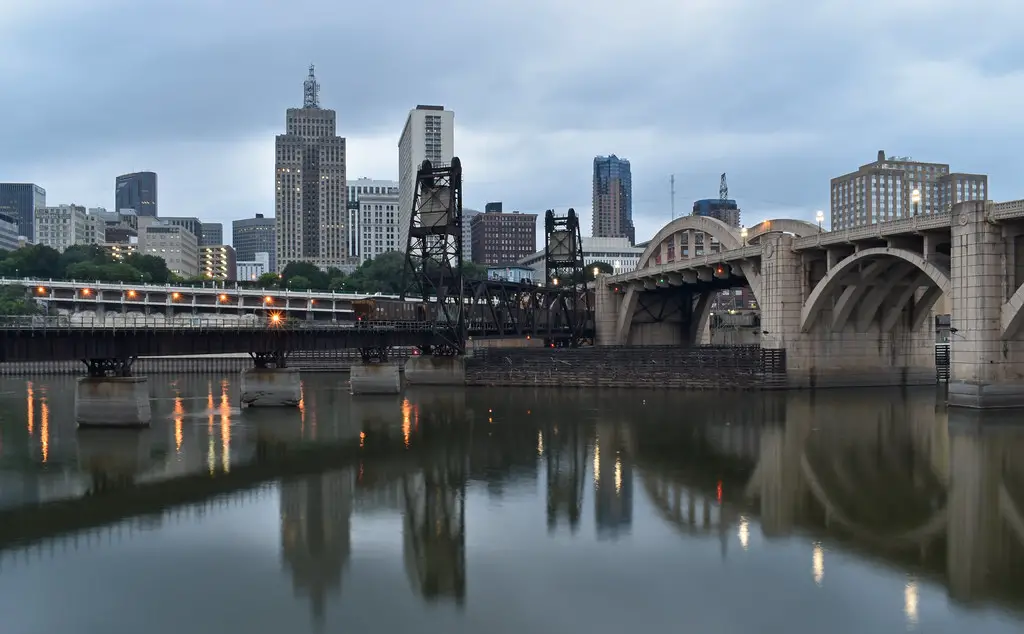
The Twin Cities have emerged as one of the hottest small rental markets, landing solidly on RentCafe’s radar. Despite a slight dip in page views and listings, saved searches jumped 18%, revealing a more deliberate, serious renter audience. Renovated apartments and newly built stock are disappearing fast. Hot enough? RentCafe reports a roughly 8% reduction in listings just as new traffic inflows spike.
That makes it tougher to find places during peak seasons or when relocating from nearby cities like Chicago or Dallas. When vacancy falls alongside big search interest, you’re dealing with serious scarcity. In such an environment, timing matters—and renters need to move fast.
4. Cleveland, Ohio
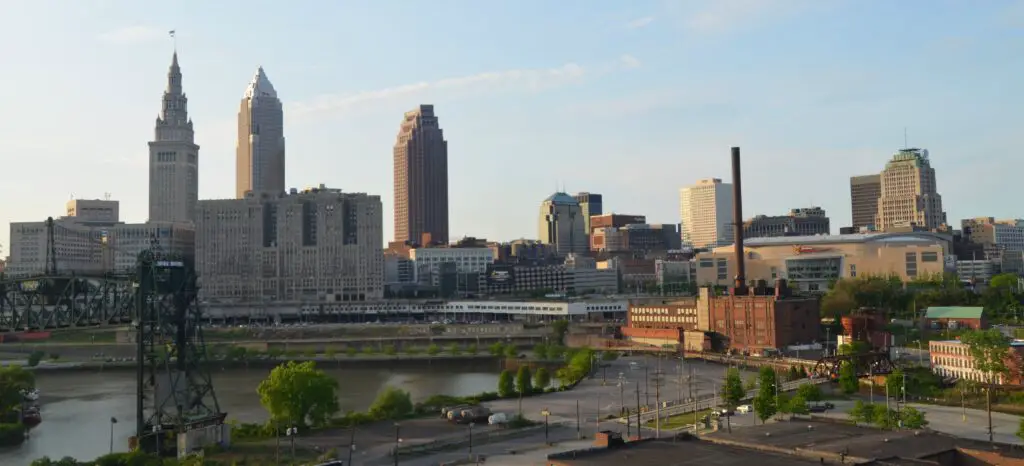
Cleveland’s rental market may surprise you—but it’s heating up, according to RentCafe’s recent analysis. Listings dropped 11% while renter interest rose 14%, putting it among the top three most competitive markets for apartment seekers. That surge shows behind‑the‑scenes momentum, even if median rent remains modest. The message? Affordability alone doesn’t protect you from rental competition.
In fact, Cleveland’s micro‑unit boom downtown—the fastest growth in tiny apartments since the 2000s—adds to the squeeze. With limited inventory and rising interest, renters are facing tough choices. Cleveland is slowly shedding its reputation as a slow market.
5. Washington, D.C.
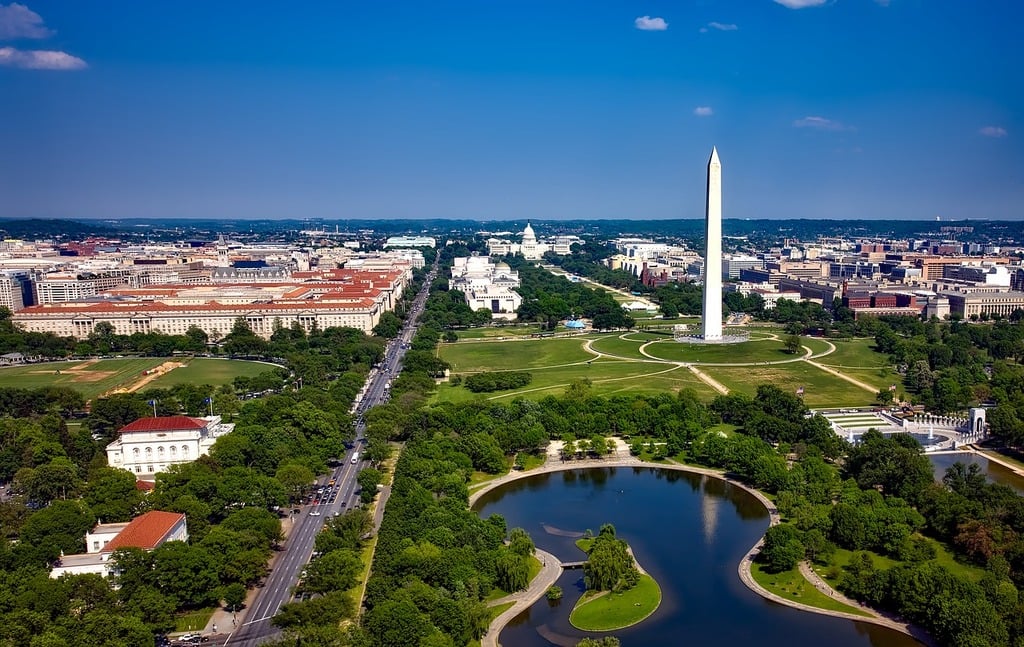
Although federal workforce changes were predicted to soften demand, Washington, D.C. still saw a 3.3% year‑over‑year rent increase in April, making it a standout during a broader national cooling. Occupancy remains high despite a drop in available units and a mild dip in listings. Return‑to‑office mandates appear to be supporting rental demand more than expected. That sustained rental pressure has put D.C. back in the race as a competitive market.
Seasoned renters are waiting on the sidelines, but for now, landlords are holding the cards. With few new multifamily permits underway, there’s limited relief in sight. The D.C. rental market isn’t just surviving—it’s thriving again.
6. Houston, Texas
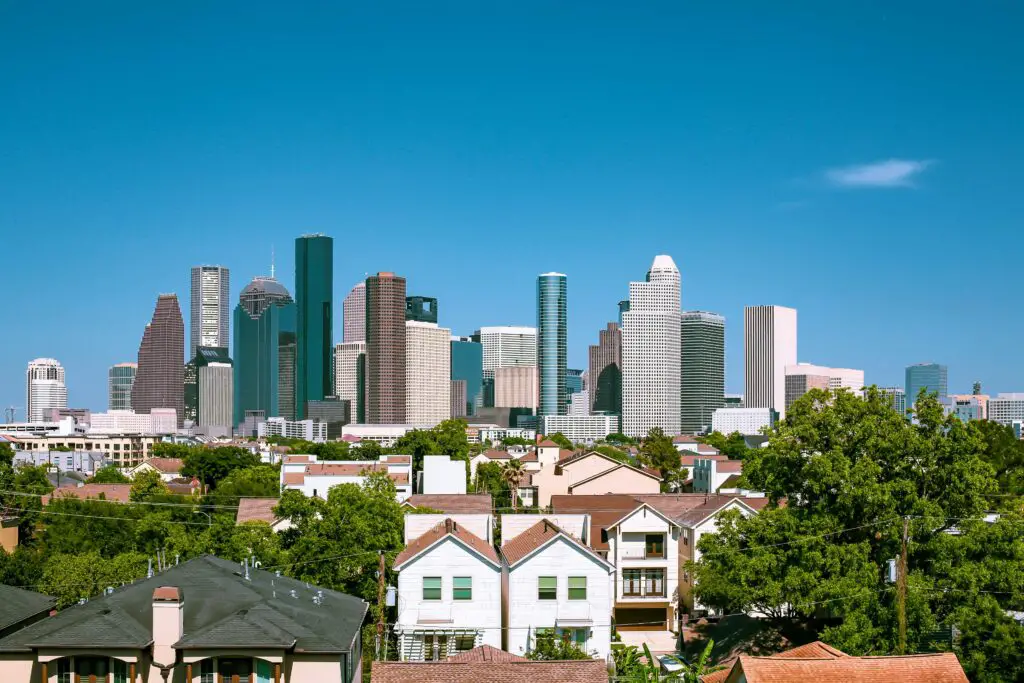
Once known for affordability, Houston is starting to feel the heat. Redfin notes that despite still being the second‑most affordable major metro for renters, construction slowed significantly after an aggressive build‑out phase. With tight supply and rising incomes, a 2.6–2.7% per‑year rent increase is projected through 2027. Enjoy your rent now—because it won’t stay this low for long.
Current affordability is creating pent‑up demand and limited vacancy. Once construction slows further, the city may quickly transition into a much hotter market. Houston remains on the brink.
7. Cincinnati, Ohio
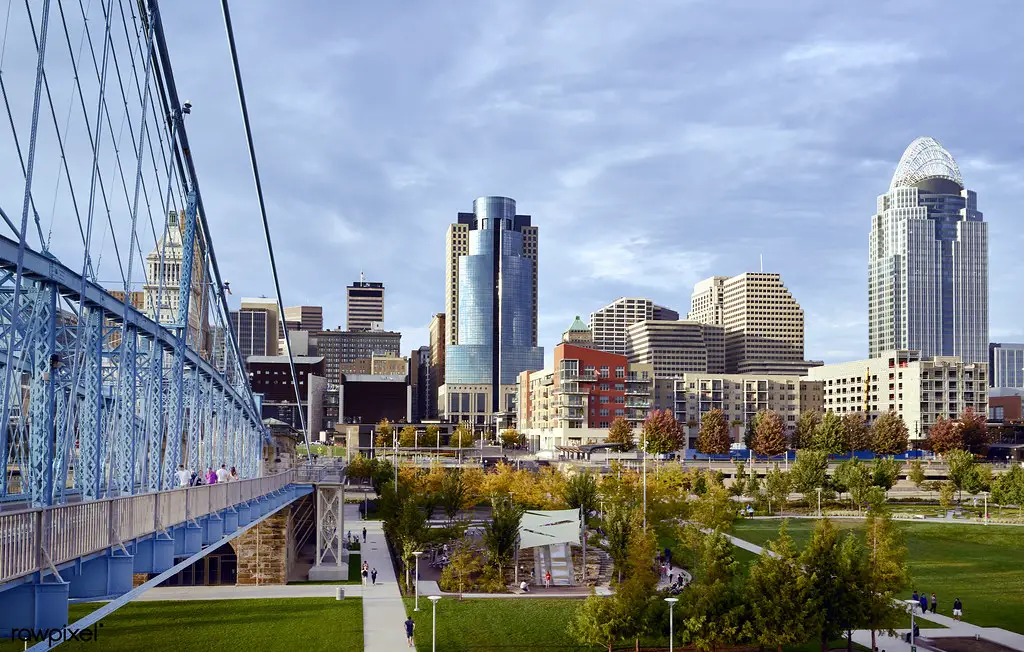
Cincinnati has emerged as one of the fastest‑growing rental markets, with rents rising 7.4% over the past year—one of the steepest jumps nationally. That’s not just inflation; it’s fierce demand meeting limited supply, driven by job growth and millennial migration. With both single‑family rentals and multifamily units in high demand, renters face fewer options and sharper competition. The city’s affordability is transforming before renters can take advantage of it.
Rising rent everywhere doesn’t always equal opportunity for renters—but when homes stay empty for days, not weeks, it reflects serious pressure. In Cincinnati, the heat is turning up fast.
8. Pittsburgh, Pennsylvania

Pittsburgh is undergoing a construction renaissance, with multifamily permits rising to 8.8 units per 10,000 residents—still behind peer markets, but rising fast. However, that’s not yet enough to cool rents, which haven’t dropped despite added supply. Local developers note that construction costs still outpace market rents, meaning fewer new apartments get built. In essence, demand is winning.
New units take time—and cost—to materialize. Until more inventory becomes available, renters will continue to feel the pinch, even in places previously labeled “affordable.” Pittsburgh is trending toward tighter market dynamics.
9. Tampa–St. Petersburg, Florida
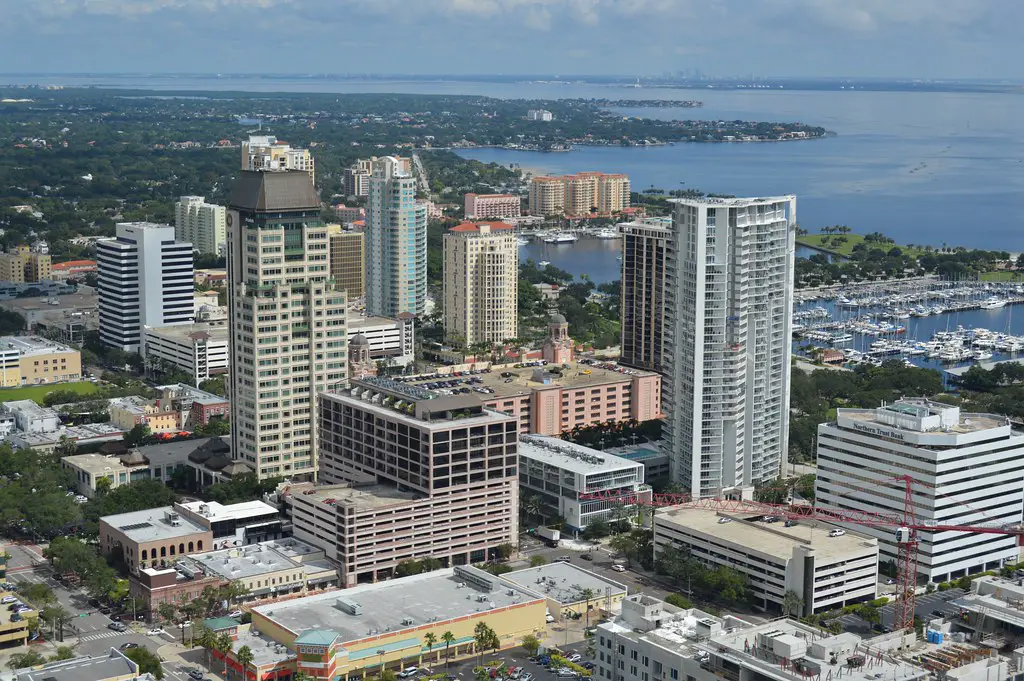
Florida continues to produce competitive rental markets, and Tampa–St. Petersburg is no exception. National investor reports highlight the region for job growth and seasonal demand. With infrastructure still catching up to population booms, rental options remain limited. Young professionals and retirees alike are fueling occupancy, and the result is rapidly rising competition for units.
It’s often seen as a second-tier Miami—but it’s emerging as its own contender: accessible, growing, and competitive. The days of long apartment availability are over.
10. Indianapolis, Indiana
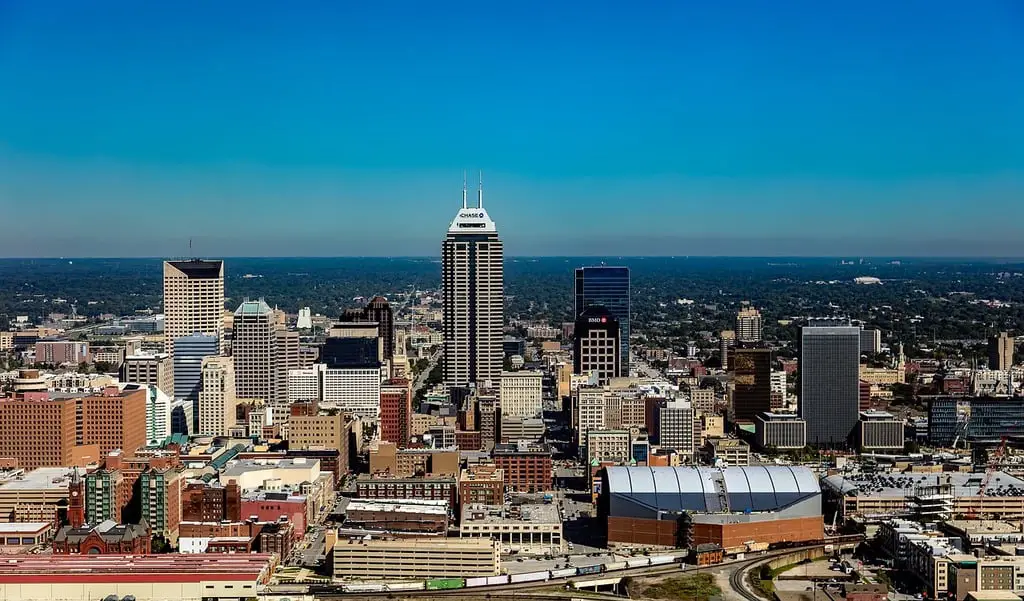
Indianapolis is seeing strong rent growth and limited turnover—renters are locking in renewals rather than relocating. It’s become appealing for its affordability but is now showing signs of stress. Rent projections are being pushed up by national investors seeking better yields. Rising construction is helping—but for now, supply still struggles to meet demand.
That pattern means apartments disappear quicker than before. Prices are climbing—and renters are learning the hard way. Indy’s cheap‑and‑steady reputation may be changing.
11. Midland–Odessa, Texas
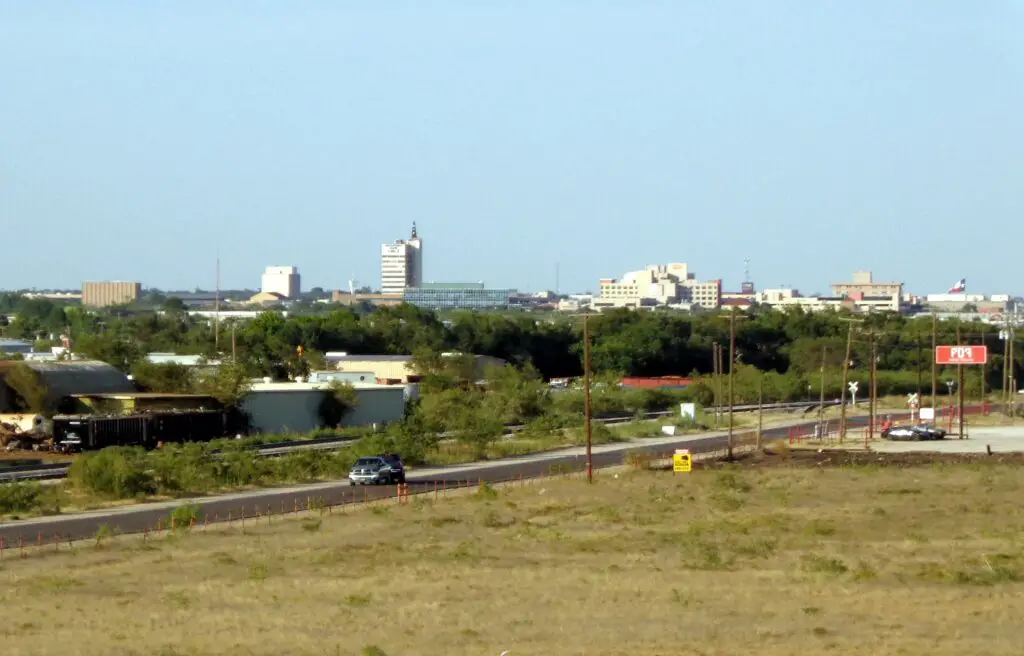
The Midland–Odessa metro is an outlier—energy‑sector driven but facing 17.7% projected rent increases in 2025. That’s not just a spike—it’s seismic. Rents are expected to break $1,900 per month, up from around $1,550, per Construction Coverage. Oil-industry employment volatility means renters must be quick, competitive, and ready.
Small boomtowns can go from quiet to frenzied in months. Landlords are preparing for high demand—and renters are paying the price.
12. Grand Rapids, Michigan
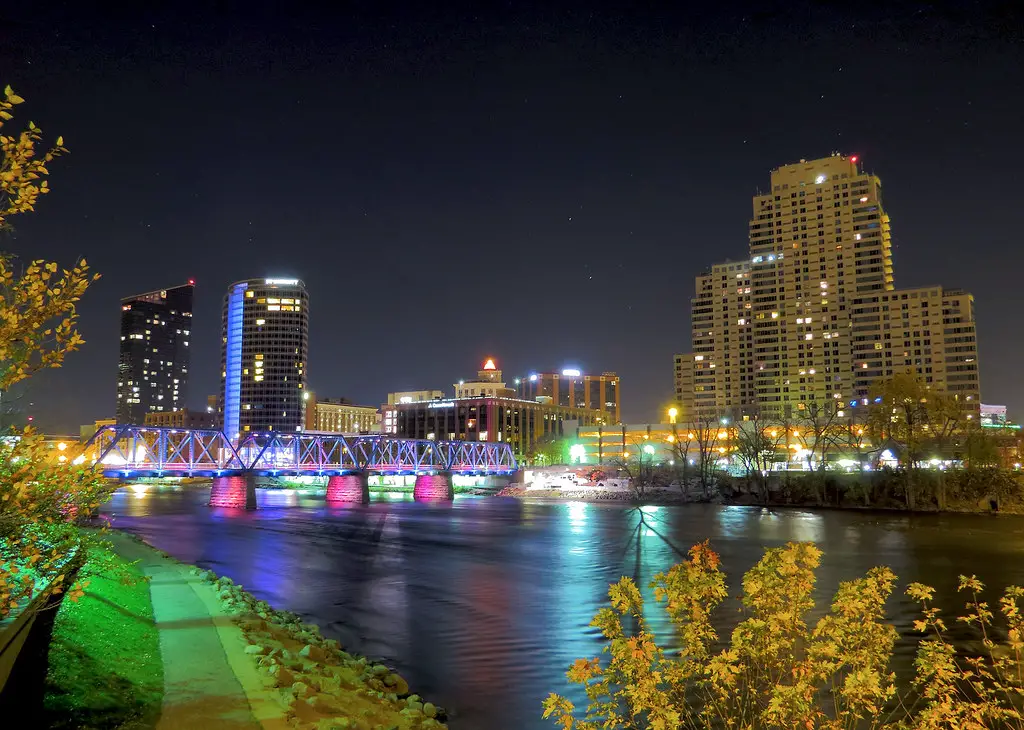
Midwestern markets continue to surprise—Grand Rapids is among the top‑20 rental hotspots behind Miami, Chicago’s suburbs, and others. According to Kiplinger’s report, it has some of the nation’s tightest rental conditions. High demand meets modest construction, creating a renter’s crunch. With neighborhood revitalization, tech job growth, and limited supply, Grand Rapids is quietly climbing the rankings.
The “Midwest revival” of rental competitiveness doesn’t just include big cities—it’s dripping into midsize metros like this one. These overlooked towns are heating up fast.
